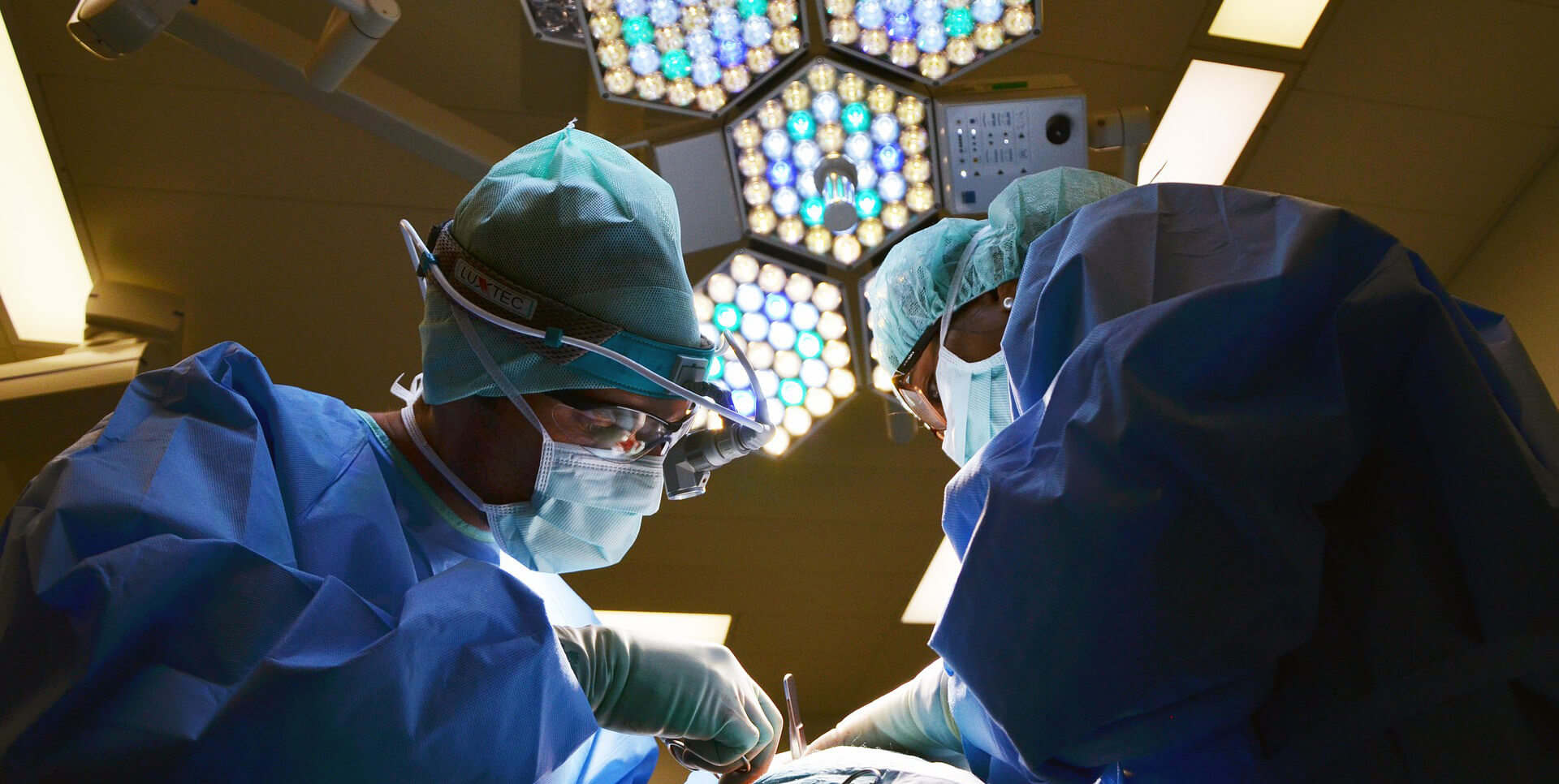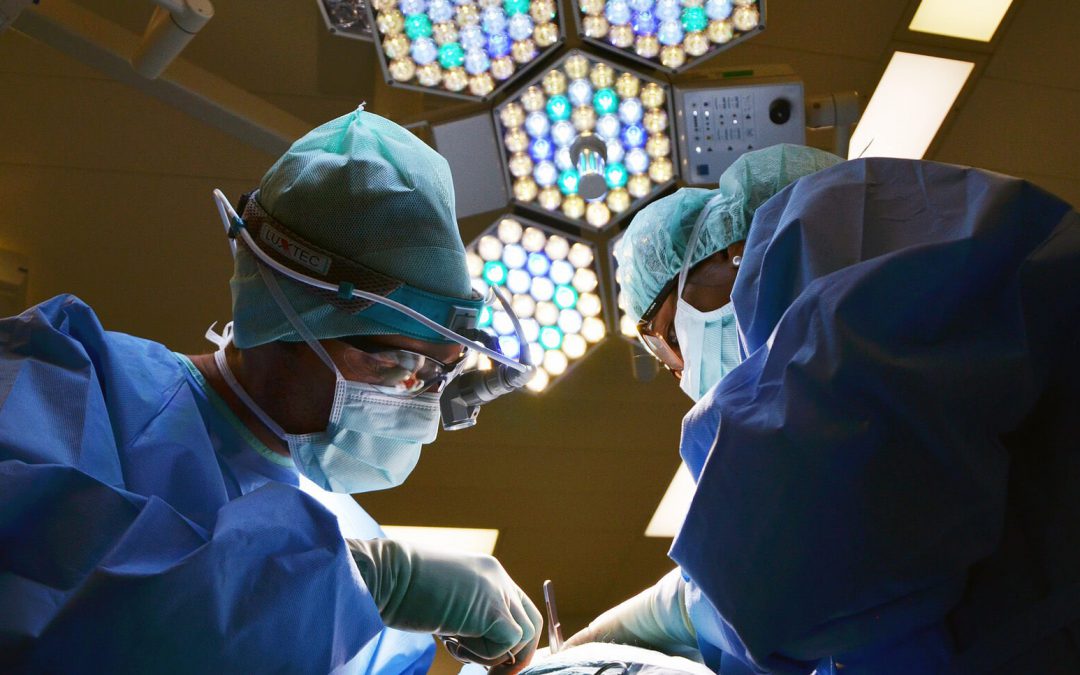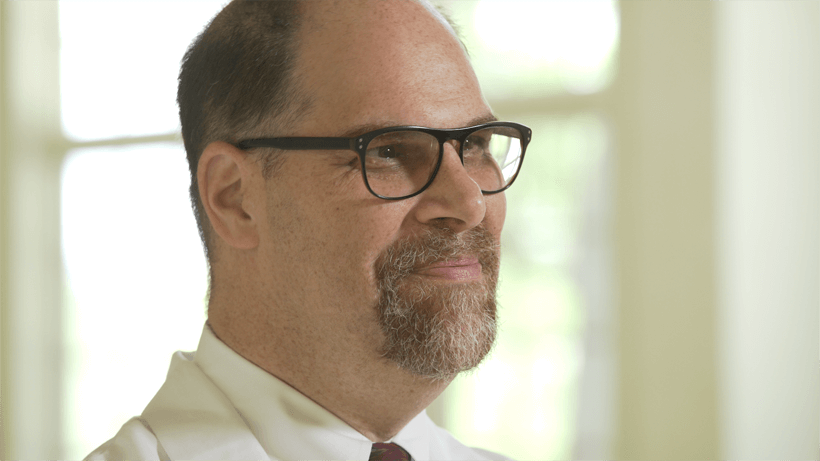
When in clinic, I often see patients with “Chiari malformation.” What is it? What do we do about it? I will try my best to explain in a way that is accessible to my non-neurosurgeon friends.
There are two major types of Chiari malformation: Chiari I and Chiari II. These two structural brain abnormalities really are unrelated, except in name. Chiari II malformation is always paired with myelomeningocele, or what is more commonly known as “spina bifida,” and is almost always diagnosed at or prior to birth. Chiari II is very complex and really needs to be considered separately from Chiari I, which is what I will elaborate on.
Chiari I is defined as the bottom portion of the cerebellum, called the tonsils, poking out of the hole at the base of the skull and drooping down along the spinal cord. If the radiologist measures the droop as more than a few millimeters, the report will show a Chiari I malformation. With improvements in MRI and a larger number of individuals being scanned for headaches and other symptoms, more patients are being diagnosed with Chiari I and are then being referred to Neurosurgeons for surgery to help fix it.
This is where it can get complicated. A lot of people who have had headaches have been sent to me with a diagnosis of Chiari I and, unfortunately, I cannot help them by performing surgery. (I have operated on less than 10% of the patients referred to me for Chiari surgery.) In fact, surgery would be the wrong thing to do. Why? We need to understand when Chiari is the root of our problems and when it is just a finding of no consequence.
During normal living, your heart is beating, your lungs are breathing, and your brain pulsates–it swells momentarily and then shrinks back down. Look closely at the large soft spot on a newborn’s head and you will see this. Once our soft spot closes up, our head doesn’t swell with the brain. So how does the brain continue to pulsate like our chest does with breathing? The answer is that even though the brain is in a rigid skull, it is surrounded by cerebrospinal fluid (CSF). When the brain swells, the fluid can rush out of the skull, making more room for the brain, and then rush back in when the brain shrinks. This ebb and flow of CSF occurs at the connection of the skull to the spine, and out through a large hole at the base of the skull called the foramen magnum.
Now when Chiari I is a problem, the tonsils that are drooping into this hole will block the ebb and flow of CSF and upset the dynamics. This can cause a whole host of problems, including headache. To fix this, neurosurgeons will often perform what is called a suboccipital decompression, C1 laminectomy, and expansion duraplasty. What that involves, is the removal of some of the lower backside of the skull, removal of some of the first cervical vertebrae, opening the covering of the brain and spinal cord, and sewing in a graft to make the space larger. The purpose of this surgery is to open the space around the tonsils, so that normal fluid flow can occur. If a patient has droopy tonsils, but no obstruction to fluid flow, than surgery to improve fluid flow is unlikely to help.
There are special studies that can be performed, which specifically look at fluid flow and help the surgeon decide if the tonsils are blocking the flow, or just sitting in an open space causing no problems. If a patient has great CSF flow, why would you perform a surgery to improve fluid flow? I don’t. In fact, even if fluid flow is partially blocked, and the only symptom is headache, sometimes treating the headaches with medicine, and holding off on surgery can be effective. Yes, I have seen tonsils go back where they belong.
One symptom that is most concerning is numbness around the shoulders and upper arms. This can occur, when the abnormal fluid flows/pressures cause the cervical spine to develop an expansion of the fluid space in the middle of the spinal cord from a pencil lead thin canal to a balloon. This “syrinx” causes disruption of the middle of the spinal cord, and usually is an indication that the Chiari should be addressed surgically in an expeditious manner.
Without a syrinx, and only headaches, patience and not rushing to surgery is the prudent decision. Saying no to a patient is really hard, as some of them are suffering terribly from their headaches or other symptoms. The key is to educate the patient and help them understand that it’s not that you don’t want to help, but it’s that even when the surgery is performed perfectly it still may NOT help. Conversely, the patients who do have fluid flow problems, that I correct, are some of my most satisfied and grateful patients.
Please note, the information provided throughout this article, and on drcharlesrosen.com, is not intended or implied to be a substitute for professional medical advice, diagnosis or treatment. All content, including text, graphics, images, and video, on or available through this article and this site is for general information purposes only. If you are experiencing relating symptoms, please visit your doctor or call 9–1–1 in an emergency.
Read More from Dr. Charles Rosen
Multiple Aneurysms: Emilia Clarke
I'm getting a lot of questions these days about aneurysms and Emilia Clarke, the game of Thrones star, and the unusual aspect of her history is to having multiple aneurysms that needed care, so I wanted to talk a little bit about how often we see that. The...
read moreBrain Eating Amoebas
Last year I got asked a lot about the terrible tragedy related to the brain eating Amoeba or brain eating bug as it's called in the press. First off, these are relatively uncommon. They are horrific when they occur, but they're not common. What it is, is...
read moreHeat Stroke
With the temperature increasing, as a motorcyclist, I'm very aware of the issues of heat exhaustion and heat stroke, and these are very dangerous issues. Our bodies need to stay at a standard temperature (98.6 degrees Fahrenheit, 37 degrees Celsius), and...
read more



